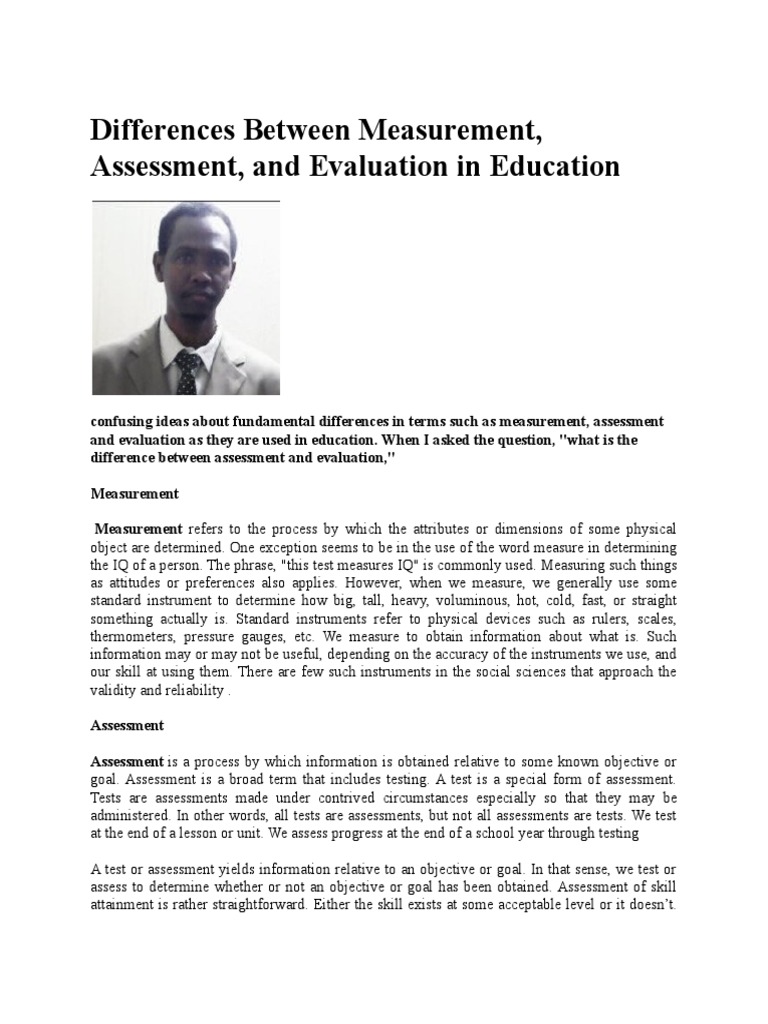In the profound realm of quantitative analysis, two fundamental concepts frequently arise: measurement and counting. Although these terms may seem interchangeable at first glance, they diverge significantly in their essence and application. To delve deeper into the nuances, consider this exploratory question: what if a scientist erroneously considered counting as a form of measurement, or vice versa? This juxtaposition not only poses a potential challenge to one’s understanding of quantitative techniques but also invites a richer inquiry into the methodologies employed across various disciplines.
Measurement and counting form the cornerstone of empirical inquiry, yet their underlying principles evoke distinct paradigms. At its core, measurement entails the process of assigning numerical values to phenomena based on established standards or units. It affords the ability to convey the magnitude, extent, or intensity of a characteristic—be it length, mass, temperature, or an array of other properties. Counting, however, is the act of enumerating discrete entities, thus yielding a simple total or quantity without necessitating any contextual framework or underlying standard.
To better grasp the distinction, we can analyze the nature of measurement. Typically, measurements are accompanied by a degree of uncertainty or error, requiring the application of significant figures or confidence intervals to communicate reliability. For example, when measuring the length of an object, one might obtain a result of 25.4 centimeters. This result, while numerically precise, is intrinsically tied to the method of measurement and the calibration of the instrument used. The act of measuring invariably incorporates a comparative standard—such as the metric system—wherein the length is understood within a broader context of units.
On the other hand, counting operates in a more rudimentary capacity. It reflects a straightforward process of enumeration. For instance, when one counts the number of apples in a basket, each apple represents a distinct unit, and the total—let’s say, eight apples—is conveyed without the intricacies present in measurement. Herein lies a notable property of counting: it is devoid of uncertainty as each counted entity is a distinct whole. Intriguingly, counting can be seen as a foundational technique for developing numerical literacy, offering a stepping stone toward understanding more complex quantitative concepts.
Moreover, the inherent nature of the data being analyzed significantly dictates whether measurement or counting should be employed. Continuous data, such as height or temperature, necessitate measurement. Such data is capable of assuming any value within a given range, thus rendering precise representation imperative. Conversely, discrete data—characterized by separate and distinct values—is where counting excels. For instance, the tally of people entering a building represents discrete data, giving rise to a count that captures the instantaneity of influx.
Additionally, the implications of measurement and counting stretch beyond mere practicality; they imbue different methodologies and perspectives that drive scientific inquiry. For instance, in experimental designs, measurement allows for the development of hypotheses with quantifiable parameters. When a researcher employs measurement tools to quantify the impact of temperature on enzyme activity, they engage in a systematic exploration that is inherently rich in data. In contrast, counting may serve to provide a mere summary of observations, such as tabulating the number of trials conducted or counting occurrences of a specific outcome. Thus, while both processes yield critical information, their ramifications within research design differ substantially.
Furthermore, it is crucial to acknowledge the role of mathematical frameworks within both measurement and counting. Measurement, often rooted in algebraic models, involves complex calculations that demand a comprehensive understanding of various mathematical principles. For example, deriving the area of a circle necessitates the application of π and the square of the radius. Conversely, counting primarily engages with fundamental arithmetic operations, fostering foundational numeracy skills that are universally accessible.
In examining these concepts through the lens of various academic disciplines, their intersectionality becomes evident. In fields such as economics, counting might be employed in the enumeration of individual transactions, whereas measurement could be applied to assess market fluctuations through statistical models. In psychology, one may count the number of participants in a study but must measure behavioral responses to obtain meaningful, quantifiable data regarding emotional states. Thus, these concepts coalesce, weaving a complex tapestry that underpins scholarly research across diverse domains.
Lastly, the philosophical dialogues surrounding measurement and counting invoke an exploration of the nature of reality. At what point does a mere count become a profound measurement of value? Such contemplative inquiry encourages the academic community to transcend mere dichotomies and embrace a holistic understanding of quantitative reasoning. The juxtaposition of measurement and counting transcends the technical; it spirals into discussions of epistemology and the very fabric of knowledge itself.
In summation, the distinction between measurement and counting transcends superficial definitions, delving into a coherent narrative that addresses the foundation of quantitative analysis. While measurement reflects a sophisticated representation of continuous variables laden with uncertainty, counting epitomizes the elementary aggregation of discrete units. As we foster a deeper comprehension of these concepts, we not only enhance our academic rigor but also challenge ourselves to consider the broader implications of how we quantify the world around us.










